




Permanent press is a term commonly seen on clothing labels, but what does it really mean? In this complete guide, we will explore the meaning of permanent press and how it affects the care and maintenance of your clothes.
Permanent press refers to a special fabric finish that is designed to minimize wrinkles and creases in clothes, allowing them to remain relatively wrinkle-free even after being washed and dried. This technology was introduced in the mid-20th century and has since become a standard feature in many types of clothing.
When clothes are labeled as permanent press, it means that they have been treated with chemicals or subjected to a specific manufacturing process that helps to retain their shape and minimize wrinkling.
Unlike traditional fabrics, permanent press garments are less likely to require ironing or steaming to look presentable. This makes them a popular choice for individuals who want to save time and effort when it comes to caring for their clothing.
The Definition of Permanent Press
Permanent press is a term commonly used in the textile industry to describe a specific type of fabric finish or clothing care label instruction. The goal of permanent press fabrics and garments is to minimize the need for ironing or pressing after washing, thus making them easier to care for and improving their overall appearance and longevity.
Permanent press fabrics are typically made from synthetic fibers such as polyester or a blend of natural and synthetic fibers. These fabrics are engineered to be wrinkle-resistant and to retain their shape and smooth appearance after washing and drying.
Key characteristics of permanent press fabrics include:
- Wrinkle-resistance: Permanent press fabrics are less prone to wrinkling compared to other fabrics.
- Shape retention: These fabrics have excellent dimensional stability and are less likely to stretch or shrink after washing.
- Easy care: Permanent press fabrics are designed to be low maintenance and require minimal ironing or pressing.
The permanent press finish is achieved through a combination of fabric treatment during the manufacturing process and special care instructions for laundering. The fabric is typically treated with a resin or other chemical agents that improve its wrinkle resistance and shape retention properties.
Laundering permanent press fabrics:
- Read the care label: Always follow the care instructions provided on the garment’s care label.
- Separate laundry: Sort your laundry by color and fabric type to avoid color bleeding or damaging delicate fabrics.
- Use gentle cycle: Wash permanent press fabrics on a gentle cycle with cold or warm water.
- Mild detergent: Use a mild detergent suitable for synthetic or blended fabrics.
- Avoid overloading the machine: Do not overload the washing machine as it can cause excessive wrinkling and reduce the effectiveness of the permanent press finish.
- Tumble dry low: Dry permanent press fabrics on a low heat setting to avoid excessive heat that can damage the fabric.
- Remove promptly: Remove the garments from the dryer as soon as they are dry to prevent wrinkles from setting in.
Benefits of permanent press fabrics:
- Time-saving: Permanent press fabrics require less time and effort for laundering and ironing.
- Low maintenance: These fabrics are designed for everyday wear and can withstand frequent washing without losing their shape or appearance.
- Longevity: The wrinkle-resistance and shape retention properties of permanent press fabrics contribute to their durability and long-lasting quality.
- Convenience: With permanent press fabrics, you can have well-maintained and presentable clothing without spending excessive time on care and maintenance.
Overall, permanent press fabrics offer a practical solution for individuals looking for easy-care clothing and linens that maintain a neat and wrinkle-free appearance with minimal effort.
Understanding the Meaning and Purpose
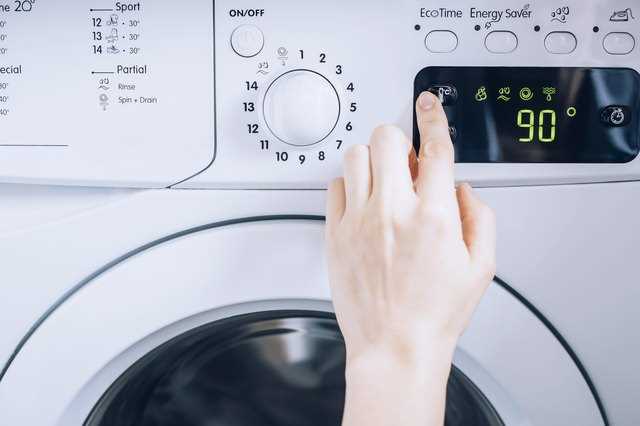
Permanent press refers to a specific setting on a washing machine that is designed to optimize the washing and drying process for certain types of fabrics. This setting can help prevent wrinkles and make it easier to care for your clothes.
What Does Permanent Press Mean?
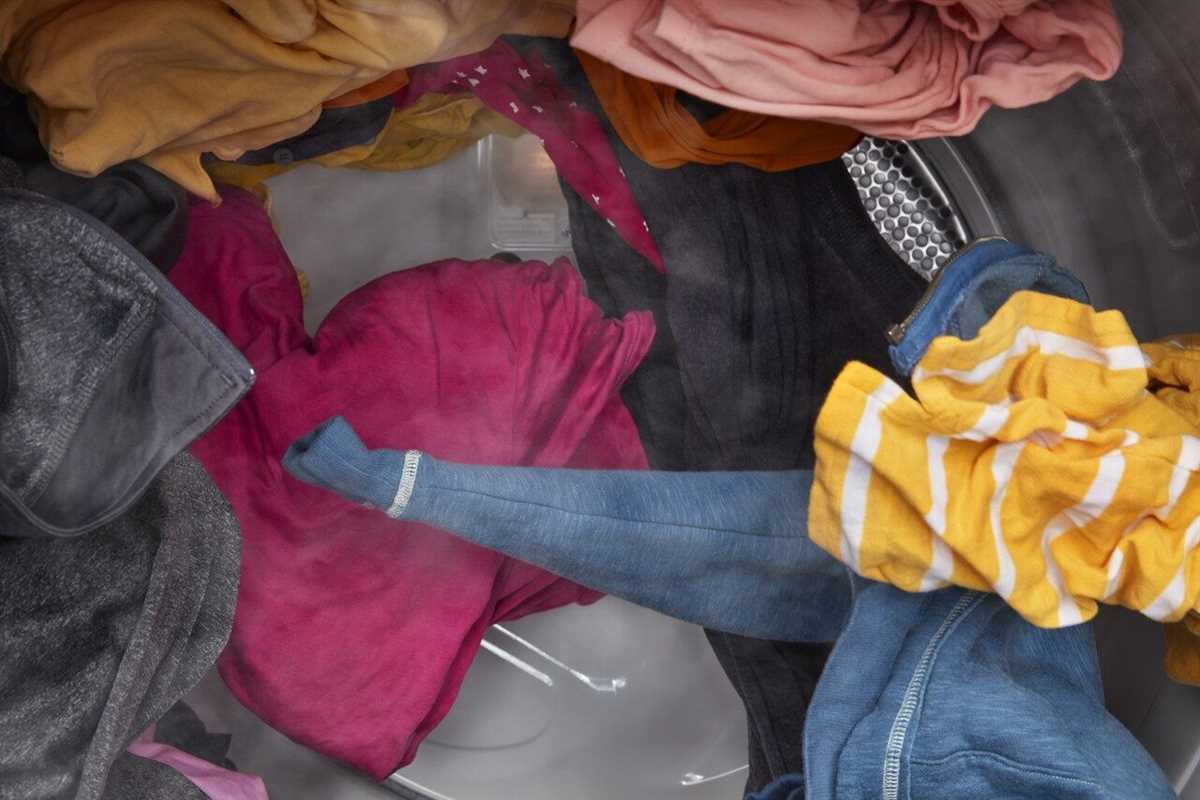
When you select the permanent press setting on your washing machine, it adjusts the temperature, agitation, and spin cycles to provide a gentle yet effective wash. The goal of this setting is to minimize the risk of wrinkling and ensure that your clothes come out looking their best.
How Does the Permanent Press Setting Work?
Permanent press works by incorporating three key components: temperature, agitation, and spin. Here’s how each component contributes to the overall effectiveness of the setting:
- Temperature: The permanent press setting typically uses a lower temperature than the regular or heavy-duty settings. This lower temperature helps prevent shrinkage and damage to delicate fabrics.
- Agitation: The washing machine agitates the clothes more gently during the permanent press cycle. This reduced agitation helps minimize friction and prevents excessive wrinkling.
- Spin: The spin cycle on permanent press is typically slower than on other settings. This slower spin reduces the likelihood of fabric wrinkling and allows the clothes to retain their shape.
When to Use the Permanent Press Setting

The permanent press setting is ideal for garments that are prone to wrinkling or require special care. Some examples of when to use the permanent press setting include:
- Casual and dress shirts
- Pants and trousers
- Blouses and tops
- Dresses and skirts
- Delicate fabrics like silk and linen
By using the permanent press setting, you can help extend the lifespan of your clothing and keep them looking neat and wrinkle-free.
Benefits of Permanent Press Clothing
- Time Saving: Permanent press clothing offers the benefit of saving time as they do not require ironing after washing. This is especially beneficial for individuals with busy schedules or those who do not enjoy the tedious task of ironing.
- Easy Maintenance: With permanent press clothing, the maintenance is quite simple. These garments do not wrinkle easily, making them ideal for everyday wear and travel. Simply toss them in the washer, dry them, and they are ready to wear.
- Durability: Permanent press clothes have been treated with a special resin or chemical finish that helps to maintain their shape and structure even after multiple washes. This extends the lifespan of the garment, making it a cost-effective choice in the long run.
- Comfortable: Permanent press fabrics are often designed to be comfortable, soft, and breathable, making them an excellent choice for all-day wear. They are often made from materials such as cotton or polyester, which are known for their comfortable and easy-to-wear properties.
- Less Shrinkage: Permanent press clothing is less likely to shrink compared to regular clothing, thanks to the special treatment they undergo during the manufacturing process. This prevents unwanted changes in size and shape, ensuring a consistent fit even after multiple washes.
- Wrinkle Resistance: One of the most significant benefits of permanent press clothing is its wrinkle-resistant properties. This means that even if the clothes do get wrinkled during the washing and drying process, they will likely smooth out on their own when worn, eliminating the need for ironing.
- Variety: Permanent press clothing is available in a wide variety of styles, designs, and fabrics, making it easy to find options that suit individual preferences and personal style. Whether you prefer casual or formal attire, you can find permanent press garments that suit your needs.
Why Choose Permanent Press Materials
Permanent press materials are designed to withstand the rigors of everyday wear and tear while maintaining their crisp and polished appearance. When it comes to choosing clothing or fabrics for your home, there are several reasons why permanent press materials make a great choice.
1. Wrinkle-resistant
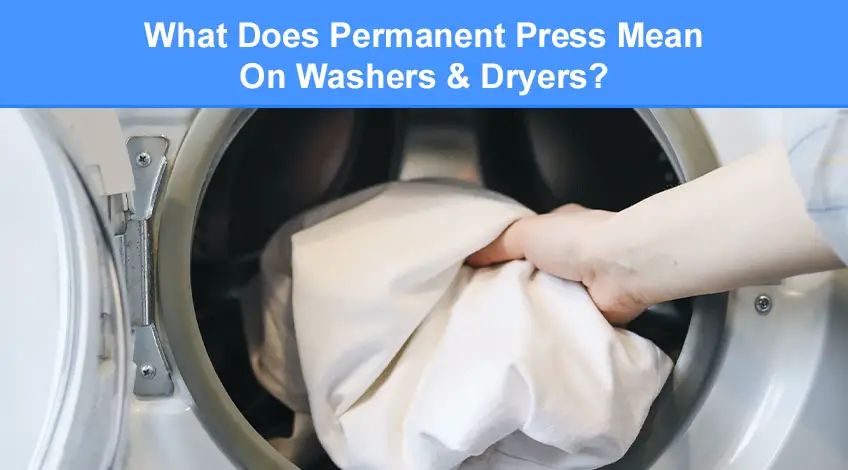
One of the main benefits of permanent press materials is their wrinkle-resistant properties. These fabrics are specially treated to minimize wrinkling, meaning you can spend less time ironing and more time enjoying your day. Whether you’re heading to the office or attending a social event, permanent press clothing will help you look polished and put together.
2. Time-saving
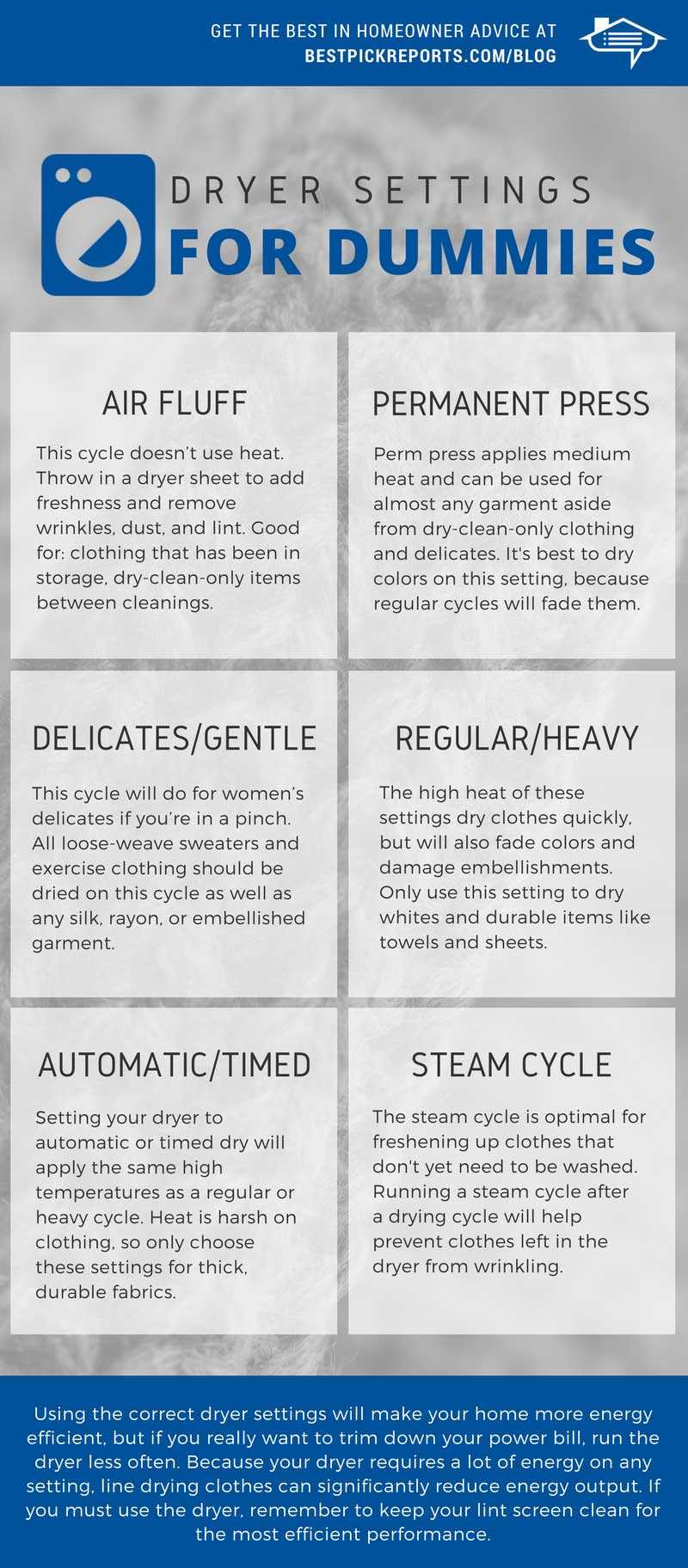
With permanent press materials, you’ll spend less time on laundry chores. These fabrics require less ironing and can often be machine washed and dried without worry. This time-saving feature is especially convenient for individuals with busy schedules, allowing you to focus on other important tasks.
3. Durability
Permanent press materials are known for their durability. The treatment applied to these fabrics helps to strengthen the fibers, making them more resistant to wear and tear, fading, and shrinking. This durability ensures that your clothing and home fabrics will last longer, maintaining their appearance and quality for years to come.
4. Versatility
Permanent press materials come in a wide range of options, making them highly versatile for various applications. Whether you’re looking for clothing, curtains, bedding, or upholstery fabrics, you’re sure to find a permanent press material that suits your needs. This versatility allows you to create a cohesive and stylish look throughout your home or wardrobe.
5. Low maintenance
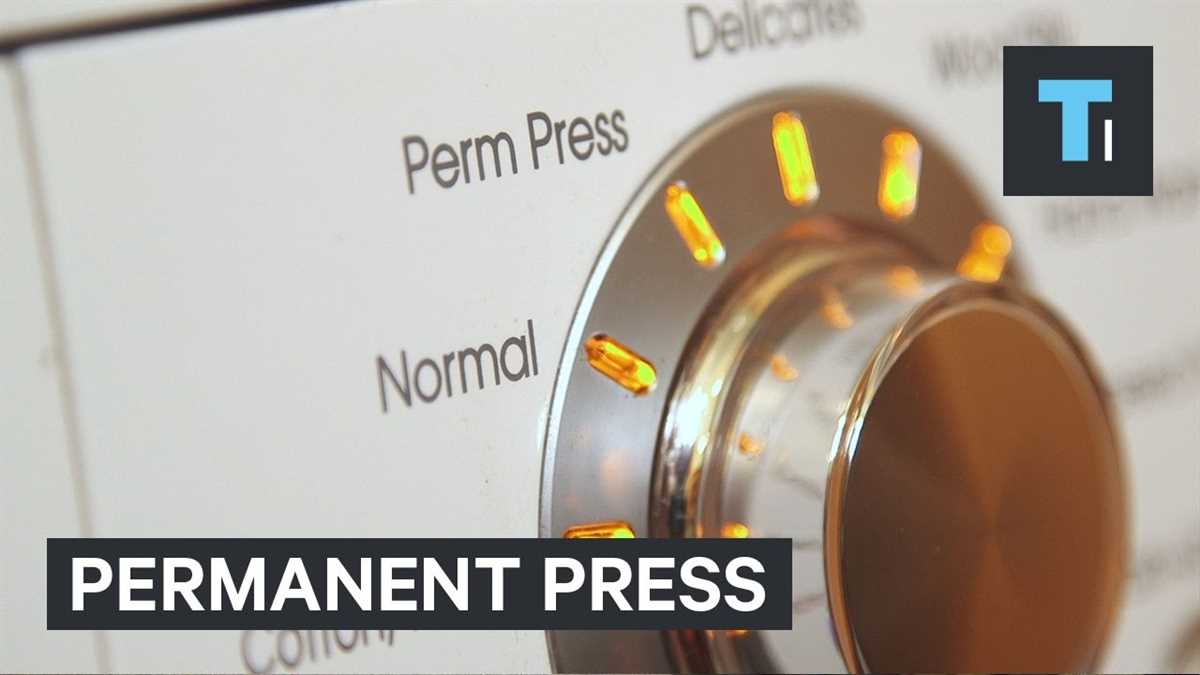
Unlike some delicate fabrics that require special care, permanent press materials are generally low maintenance. They can be easily cleaned in the washing machine and usually do not require dry cleaning or hand washing. This makes them a practical choice for everyday use, saving you time and money on expensive cleaning methods.
In conclusion, permanent press materials offer numerous advantages that make them a popular choice for both clothing and home fabrics. From their wrinkle-resistant properties to their durability and low maintenance requirements, these materials provide a reliable and versatile option for anyone looking for fabrics that can withstand the test of time and everyday use.
How Permanent Press Works
Permanent press is a feature commonly found on washing machines and dryers that helps to prevent wrinkles in clothes. This feature is especially useful for garments made of synthetic materials such as polyester or nylon, which tend to wrinkle easily.
When you select the permanent press option on your washing machine, it adjusts the wash and rinse cycles to minimize agitation and reduce the risk of wrinkling. The machine also adds a slower spin cycle at the end to remove excess water without creating excessive wrinkles.
The permanent press setting on a dryer works in a similar way. It uses lower heat and a slower drying time to help prevent wrinkling. The cool-down period at the end of the cycle allows the clothes to relax and minimizes the chances of wrinkles forming.
Here is a simplified step-by-step explanation of how permanent press works:
- The washing machine fills with water and mixes in the detergent.
- The clothes are gently agitated to clean them.
- The washing machine drains the dirty water and refills with clean water for the rinse cycle.
- The clothes are gently agitated again to rinse them.
- The washing machine drains the water again and begins the slow spin cycle to remove excess water.
- The damp clothes are transferred to the dryer.
- The dryer uses lower heat and a slower drying time to prevent wrinkling.
- At the end of the drying cycle, the dryer goes into a cool-down period to allow the clothes to relax and reduce the risk of wrinkles.
- The clothes are ready to be taken out and worn without the need for ironing.
It is important to note that while the permanent press setting can help reduce wrinkles, it may not completely eliminate them. Certain fabrics, such as linen or silk, may still require ironing or steaming to look their best.
Overall, the permanent press feature is a convenient option for everyday clothes that saves time and effort in ironing, helping to keep your garments looking neat and wrinkle-free.
The Science Behind Wrinkle Resistance
Wrinkle resistance is a highly sought-after feature in clothing, especially for those who want to keep their garments looking fresh and neat without the hassle of ironing. But how does wrinkle resistance work? Let’s take a closer look at the science behind it.
Chemical Treatments
One common method used to impart wrinkle resistance is through chemical treatments. These treatments involve applying a special resin or polymer to the fabric, which creates a coating that helps smooth out wrinkles. The most commonly used chemical in these treatments is formaldehyde.
Formaldehyde-based resins can crosslink with the fabric fibers, creating a rigid structure that prevents the fabric from wrinkling easily. The crosslinking process involves the chemical bonding of molecules, creating a network of interconnected polymers. This network strengthens the fabric and helps it maintain its shape.
Mechanical Processes
In addition to chemical treatments, mechanical processes can also be used to enhance wrinkle resistance. One such process is known as calendaring, where the fabric is passed through heated rollers under pressure. This mechanical treatment helps to stretch and flatten the fabric, reducing the appearance of wrinkles.
Another mechanical process used is called compressive shrinking. In this process, the fabric is treated with steam and then mechanically compressed. This compression allows the fabric to recover from wrinkling more easily, resulting in a garment that resists wrinkles.
Maintaining Wrinkle Resistance
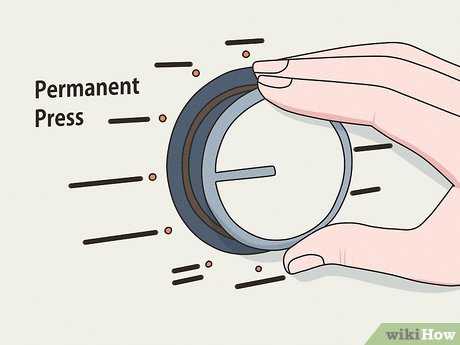
While wrinkle-resistant fabrics may offer convenience, it is important to note that the wrinkle resistance can diminish over time with repeated washings and wear. To help maintain the wrinkle resistance of your garments, it is recommended to follow the care instructions provided by the manufacturer.
Generally, it is advised to wash wrinkle-resistant garments in cool or lukewarm water using a gentle cycle. Avoid using bleach or harsh detergents, as these can damage the wrinkle-resistant coating. It is also recommended to air dry or tumble dry on a low heat setting, as high heat can weaken the wrinkle-resistant properties of the fabric.
In conclusion, wrinkle resistance is achieved through chemical treatments and mechanical processes that help to prevent or minimize the formation of wrinkles in fabrics. Understanding the science behind wrinkle resistance can help you make informed decisions about the care and maintenance of your clothing.
Care Instructions for Permanent Press Clothes
Permanent press clothes are designed to be easy to care for and require minimal upkeep. However, it is still important to follow the care instructions to ensure their longevity and maintain their appearance. Here are some general care instructions for permanent press clothes:
Washing
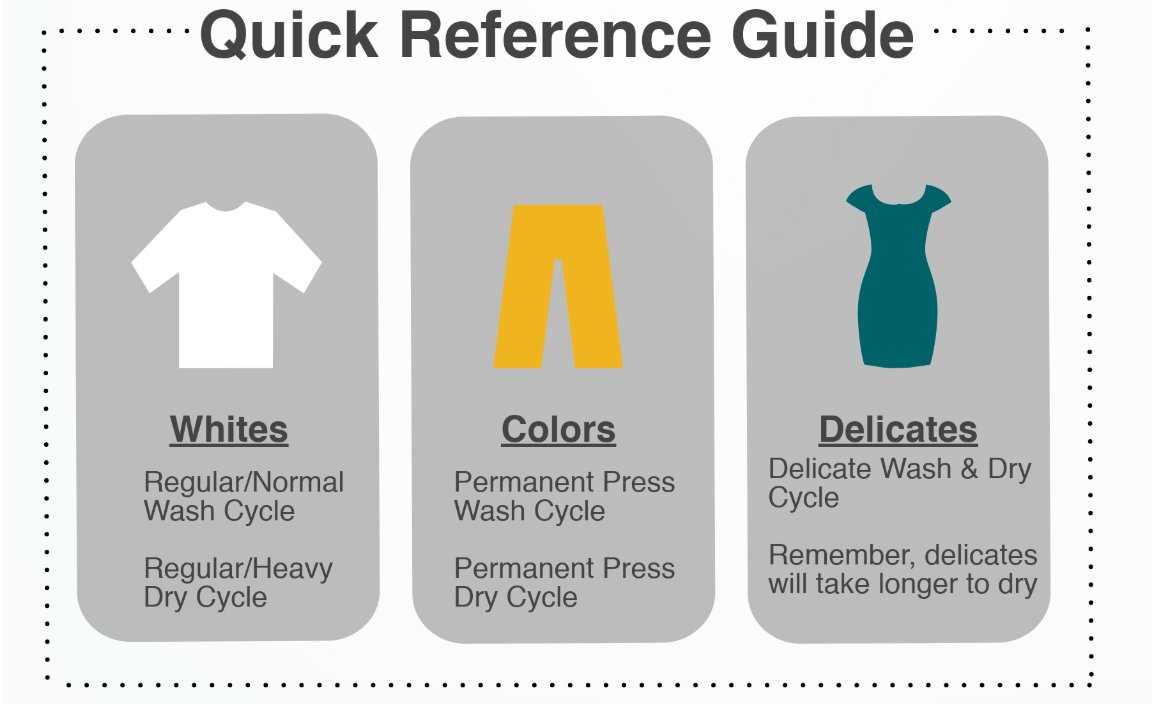
- Separate dark and light-colored clothes.
- Turn the clothes inside out.
- Use a mild detergent.
- Choose a gentle or permanent press cycle.
- Wash permanent press clothes in cold or warm water, unless otherwise specified on the care label.
Drying
- Hang permanent press clothes to air dry whenever possible.
- If using a dryer, use a low heat setting.
- Remove clothes from the dryer promptly to prevent wrinkles from setting in.
Ironing
- Permanent press clothes are designed to resist wrinkles, so ironing should not be necessary.
- If ironing is needed, use a low to medium heat setting.
- Iron the clothes inside out to avoid damaging the fabric.
- Place a cloth between the iron and the clothes to protect the fabric.
Storing
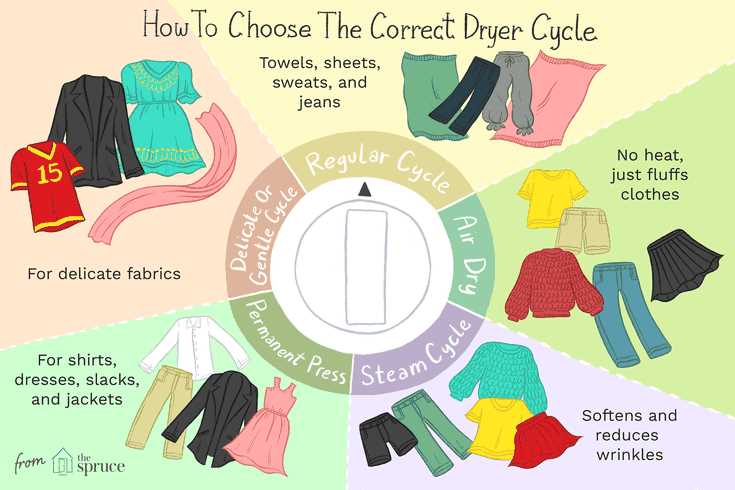
- Hang permanent press clothes on hangers to maintain their shape and prevent wrinkles.
- Avoid overcrowding the closet to allow clothes to breathe and prevent wrinkles.
- Avoid storing permanent press clothes in damp areas to prevent mildew or mold growth.
Always check the care label of each garment for specific care instructions, as some permanent press clothes may have special requirements.
FAQ
What does permanent press mean?
Permanent press is a setting on a washing machine or dryer that is designed to help reduce wrinkles in clothing, making it easier to care for and maintain.
Does permanent press setting clean clothes better?
No, the permanent press setting doesn’t necessarily clean clothes better. It is mainly designed to reduce wrinkles and make the clothes easier to care for.
How does the permanent press setting work?
The permanent press setting works by using a combination of warm water, a gentle agitation cycle, and a cool-down process. This helps to relax the fibers in the fabric and minimize the formation of wrinkles.
Can I use the permanent press setting for all types of fabrics?
The permanent press setting is generally safe to use for most fabrics. However, it is always best to check the care label on your clothing to ensure that it is suitable for this setting.
What are the advantages of using the permanent press setting?
The advantages of using the permanent press setting include reducing wrinkles in clothing, making it easier to iron or wear straight from the dryer, and extending the lifespan of your garments by minimizing damage from excessive heat or agitation.
What does “permanent press” mean?
“Permanent press” is a term used in the textile industry to describe a fabric finish or setting on a washing machine that helps to prevent clothes from wrinkling or creasing during the wash and dry cycle.














